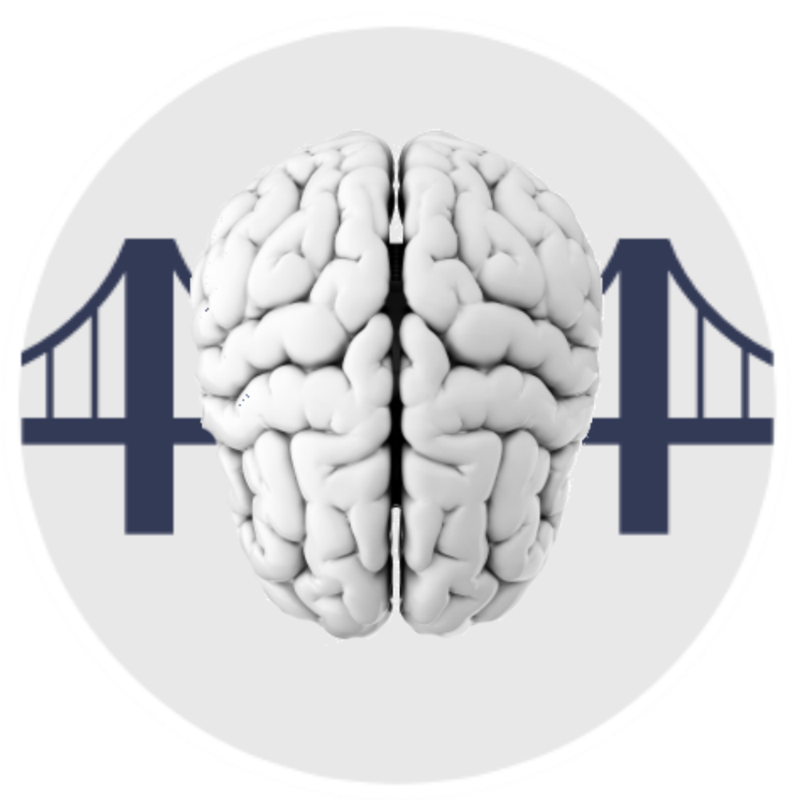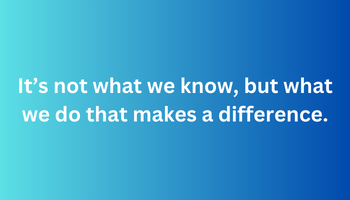Janet N. Zadina, Ph.D
Brain Research and Instruction
Bridging Neuroscience and Education
"Science and Strategies"
This new presentation is based on over two years’ research with over 200 references from education, psychology, and neuroscience to determine the characteristics of the ideal learning environment. Based on my education and experience in teaching struggling learners in high school and community college and my work and post-doctoral fellowship in neuroscience, I have suggested credible strategies for inducing this ideal environment. This presentation includes science to give an understanding of why what we do is important and to get the “buy-in” from attendees. It also includes strategies for implementing the concepts.
This presentation may be 60-120 minutes as per your schedule. More detail in each section will be covered in longer time frames. A breakout of 45-60 minutes may be included for an additional fee. This can be a keynote or faculty convocation. Due to the importance of getting our faculty back in “the zone” so they can get students into the ideal learning environment. It is only offered on an in-person basis to maximize engagement, attention, connection, and enjoyment – the ideal learning environment. Attendees will engage in an activity that they can then teach to their students. A longer session or a breakout would include more interaction.
1. Introduction
a. Definitions
b. Ideal learning environment characteristics
2. Synching the Mind
a. The brain state of engagement and its role in learning
b. The concept of “flow” – the optimal psychological state
c. How to increase engagement
d. Strategies for inducing flow in the classroom
3. Synching the Brain
a. The brain state of attention and its role in learning
b. Brain synchronization in the classroom
c. How to increase attention
d. Strategies for inducing brain synchronization
4. The Connected Heart
a. How emotion affects learning
b. The brain state of enjoyment and its role in learning
c. The role of connection in learning
d. Heart coherence and its role in raising achievement
e. How to increase enjoyment and connection
f. Strategies for inducing heart coherence
The Synergy Zone: Connecting the Mind, Brain, and Heart for the Ideal Classroom Learning Environment
Copyright 2013 Janet Zadina, Ph.D. All rights reserved


